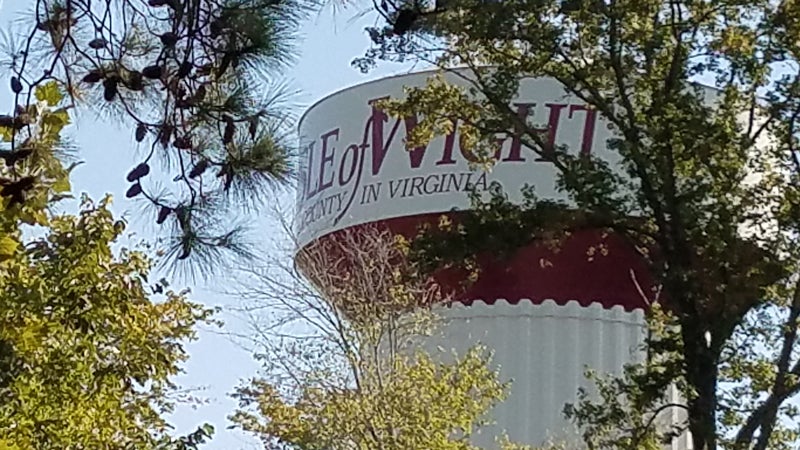Exiting county water deal could cost Smithfield $1 million
Published 6:12 pm Thursday, August 3, 2023

- File photo
Getting out of a deal that would otherwise obligate Smithfield to begin purchasing water this year from Isle of Wight County could cost the town $1 million.
That’s still cheaper than complying with the original agreement’s terms, Town Manager Michael Stallings contends, noting it would require Smithfield to spend double or even triple that amount to connect the town’s and county’s currently separate water systems.
Smithfield supplies roughly 114,500 gallons annually to county water customers in the Gatling Pointe neighborhood, located just outside the town limits on Battery Park Road. In 2018, Smithfield agreed to switch an equivalent number of town customers in the Benn’s Church Boulevard area to county water by mid-2023.
The problem with the 2018 contract lies in the differing water treatment methods the town and county use. Smithfield uses chlorine at its reverse osmosis plant to disinfect the water it pumps from its municipal wells. The Western Tidewater Water Authority, formed from Isle of Wight and Suffolk, treats its water using a blend of chlorine and ammonia known as chloramine.
According to Smithfield Public Works Director Jack Reed, the two types of disinfectants would create a “rotten egg” smell were the two water sources to mix. Connecting the county’s and town’s water systems in a way that overcomes the issue would entail $2 million to $3 million in infrastructure changes on Smithfield’s end, Stallings said in a July 24 memorandum to the Town Council.
The county pays the town roughly $200,000 per year for the water it then resells to Gatling Pointe residents. The town would have paid the same to the county for Benn’s Church Boulevard under the 2018 deal.
According to Stallings’ memo, Isle of Wight has tentatively agreed to release Smithfield from its obligations under the 2018 deal, conditioned on the town paying $1 million in two installments. The payment is intended to equal the revenue the county would have received from the town through 2028 under the original agreement.
The 2018 agreement would have lessened Isle of Wight’s annual cost of participating in the Western Tidewater Water Authority’s 2009 Norfolk Water Deal by giving the county the equivalent of over 100 additional water customers. The 2009 deal, intended to wean Western Tidewater localities off groundwater, allocates Isle of Wight 1.75 million gallons per day of surface water from Norfolk for 2023, and will increase the county’s share to 2 million gallons per day in 2024. Isle of Wight is obligated to pay for the full amount, even though the county expects to use only 640,000 gallons per day this year. The cost of the unused water as of June 30 of this year was estimated at $587,467.50.
Smithfield had entered the 2018 deal based on projections from that year showing the town’s demand for water, within five years, would reach or exceed the maximum 1.2 million gallons per day allowed under its Virginia Department of Environmental Quality groundwater withdrawal permit. Those projections proved overly dire.
Since 2018, the town’s groundwater use has averaged only 60% to 61% of its permitted maximum, Stallings said. In 2022, usage was at 65%.
A new water agreement not yet signed by town or county officials specifies Smithfield will continue to provide water, and be paid by Isle of Wight, for Gatling Pointe, and do the same for Hardy Elementary School and surrounding areas of the county upon the completion of a waterline that, by this fall, is to extend from the town’s northern border to a 500,000-gallon water tower at the school.
The draft agreement doesn’t yet specify a maximum number of gallons per day for Hardy Elementary and the surrounding Thomas Park, Tormentors Creek and Days Point subdivisions.
According to Stallings, Hardy alone would increase the town’s groundwater use by only 0.76%. Thomas Park and Tormentors Creek wound add another roughly 1% based on what Stallings called conservative estimates.



